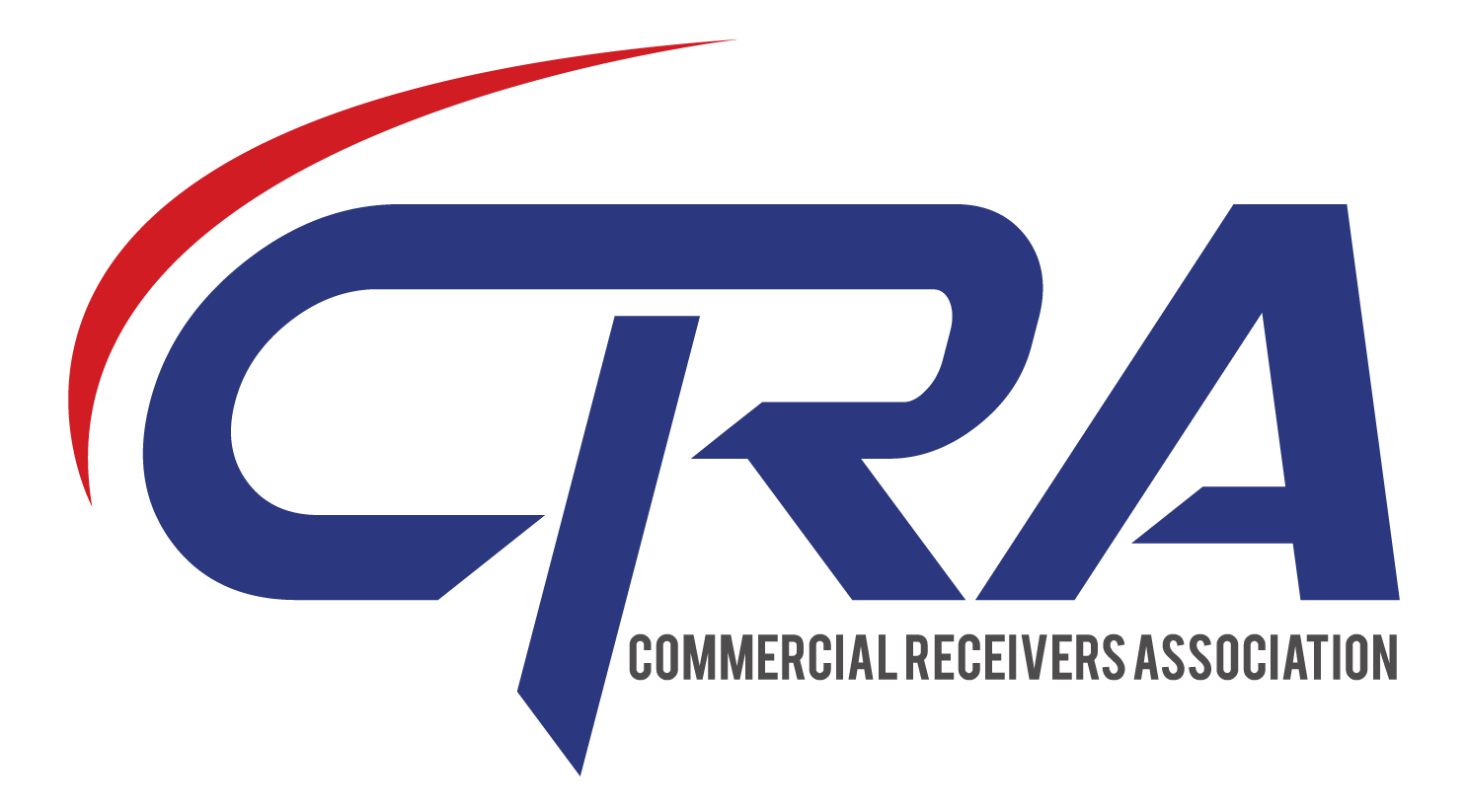By: Al Davis | Principal | Revitalization Partners
Recently, our firm was approached by a potential client that wanted assistance in closing down their business. The principal, being more of an artist than a businessperson, had turned over the management of the business to individuals recommended by “friends” who had made very questionable decisions and had the owner take out a myriad of credit cards and two loans, all personally guaranteed.
While the LLC was very limited in assets verses its liabilities, the owner had just sold his residence, receiving a substantial amount of cash, so he was eager to avoid a personal bankruptcy. After spending time explaining the differences between receivership and bankruptcy and the corporate and personal issues, we decided that he needed an attorney to sort out the various issues before we could be of help.
In the intricate web of financial jargon and legal intricacies, corporate and personal bankruptcy and receivership stand as crucial mechanisms for businesses and often owners facing financial distress. Both processes offer relief to distressed companies, but they function differently, especially in Washington State. This article dissects the disparities between the two paths, providing insight to the implications for businesses navigating the treacherous waters of financial turmoil.
Breaking Down Bankruptcy
Corporate bankruptcy is a legal process wherein a business entity seeks protection from its creditors to restructure its debts and assets. In Washington State, federal bankruptcy proceedings generally fall under two main chapters: Chapter 7 and Chapter 11.
Chapter 7 bankruptcy involves the liquidation of a company’s assets to pay off creditors. A federal court-appointed trustee oversees the process, ensuring equitable distribution among creditors. Once the assets are sold, the business ceases operations, and the remaining debts are discharged, providing a fresh start for the company’s stakeholders.
Chapter 11 bankruptcy allows a business to continue its operations while formulating a plan to restructure its debts. The company develops a reorganization plan, subject to court approval, which outlines how it will repay creditors over time. This chapter is particularly common among large corporations seeking to restructure and emerge stronger. It is important to note that fewer than 20% of mid-sized and smaller corporations that enter into Chapter 11, actually succeed in completing the process. Subchapter 5 of Chapter 11 is a newer process designed for smaller companies with streamlined procedures that offer a greater opportunity for success at lower costs.
Resolution Through Receivership
Receivership, on the other hand, is a state-court-based legal remedy where a neutral third party, known as a receiver, is appointed by the court to manage a financially distressed company. Unlike bankruptcy, which operates under federal law, receivership in Washington State is primarily governed by state statutes.
A receiver can be appointed either by a court order, often through an Assignment for the Benefit of Creditors, or a contractual agreement among the parties involved. The receiver takes control of the company’s assets, operations, and finances, with the primary objective of preserving the company’s value and maximizing the recovery for creditors.
Receivership serves various purposes, including asset preservation, business operations optimization, and debt repayment. Unlike bankruptcy, receivership allows for a more tailored approach, as the receiver can focus on specific aspects of the business that require immediate attention, such as inventory management, cost reduction, or customer retention strategies.
Notable Differences
In bankruptcy, the debtor typically retains control over the business under Chapter 11, subject to court oversight. In receivership, the receiver assumes control, making crucial decisions related to the company’s operations and assets. This key difference often influences the choice between the two options, depending on the level of control the stakeholders are willing to relinquish and the financial capability to fund the proposed plan.
Chapter 11 Bankruptcy proceedings involve active participation by creditors in the formulation and approval of the reorganization plan. In receivership, the receiver acts as a neutral party, making decisions in the best interest of all parties involved. Creditors may have limited involvement in receivership, allowing for a more streamlined decision-making process.
Bankruptcy proceedings, especially Chapter 11, can be time-consuming and costly due to the extensive legal processes and requirements. Receivership, being a state-court-driven process, can often be implemented more swiftly and at a lower cost, making it an attractive option for companies seeking a quicker resolution to their financial challenges.
In summary, while both corporate bankruptcy and receivership offer avenues for financially distressed businesses to navigate their crises, the choice between the two depends on various factors, including the level of control desired, creditor involvement, and the urgency of the situation. Understanding the nuances of corporate bankruptcy and receivership in Washington State empowers businesses and stakeholders to make informed decisions, ultimately paving the way for a smoother transition towards financial stability and future success. Given the economic climate today; where banks are approving fewer loans and funds from the federal government are more difficult to obtain, if you begin to see the handwriting on the wall, don’t hesitate to ask for help.
Al Davis serves as Principal at Revitalization Partners LLC, a corporate and board advisory firm that specializes in restructuring and receiverships. He is a Court Appointed General Receiver in the State of Washington as well as an interim CEO and advisor to middle market companies. He can be reached at adavis@revitalizationpartners.com or (206) 903-1855.

